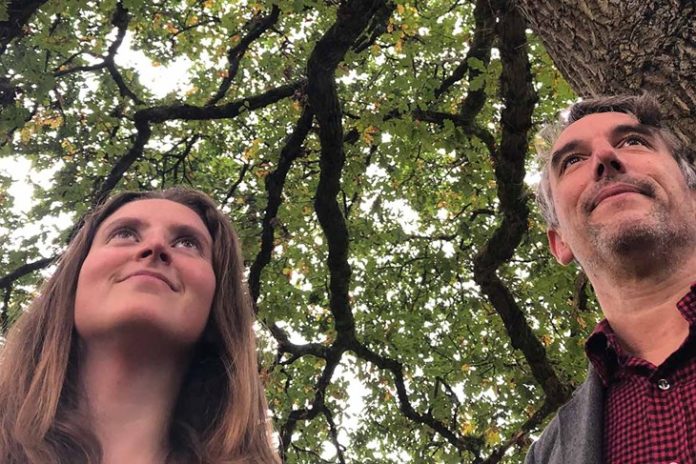The results of an extensive study on Exeter’s urban forest have just been released, shedding light on the invaluable resource that the city’s trees provide. Findings reveal the critical role that Exeter’s trees play in enhancing the city’s environment, economy, and overall quality of life.
The urban forest in Exeter has long been recognised as a vital resource, offering numerous benefits to the city’s residents, workers, and visitors. The newly released report delves deep into the ecosystem services offered by this urban oasis and seeks to quantify its value to guide future urban forest management decisions.
Key findings of the study which was carried out by Treeconomics on behalf of Exeter City Council, are:
Abundant Tree Population: Exeter boasts an impressive population of approximately 179,000 trees, translating to an average of 1.4 trees per person. The report further reveals that the city enjoys tree cover of 20%, with an additional 11% of shrub cover. This is more than Plymouth (19.2%) and similar-sized cities Oxford 15.9% and Cambridge (13.3%)
Diverse Tree Species: The study identified a total of 59 tree species in Exeter. Among the most prevalent are Ash (26,900 trees), English Oak (18,400 trees), Sycamore, and Silver Birch (both with 13,000 trees each).
Air Quality Improvement: Exeter’s trees and shrubs play a crucial role in improving air quality, capable of removing approximately 4 tonnes of air pollutants annually. This environmental benefit has an associated value of £279,000 and addresses pollutants such as sulphur dioxide (SO2), particulate matter (PM2.5), and nitrogen dioxide (NO2).
Water Management: Exeter’s trees significantly reduce surface water runoff by over 82,000 cubic metres annually. This is equal to nearly 33 Olympic-sized swimming pools of runoff each year, saving an estimated £257,000 in water treatment costs.
Carbon Storage: The trees within the city store a staggering 61,200 tonnes of carbon and actively sequester an additional 1,510 tonnes every year. This ecosystem service is valued at approximately £56.6 million for carbon storage and £1.4 million for annual sequestration. Oxford and Cambridge – are valued at £70.61million and £81.2 million respectively. Nearby Plymouth is scored at £140 million, although is considerably bigger than Exeter.
Amenity Value: The urban forest’s amenity value is a staggering £1.32 billion, calculated using the CAVAT (Capital Asset Valuation for Amenity Trees) approach. This value underscores the immense social and cultural significance of Exeter’s trees.
The report highlights the importance of managing trees to ensure they reach their full potential, particularly in terms of their size. Large, mature trees provide a multitude of benefits, and the report suggests that both nurturing existing trees and planting new ones are crucial for the continued enhancement of the urban forest.
Danielle Hill, Senior Consultant at Treeconomics, said: “The findings of this study will be a valuable resource for the city’s planners, policymakers, and residents. They serve as a call to action, emphasising the importance of preserving and expanding this urban treasure.”
Cllr Josie Parkhouse, Exeter City Council’s Lead Councillor for Climate Change and Ecological Crisis, said the Council had planted nearly 17,000 trees since the year 2000 and has plans to plant another 109 in the coming planting season.
“The report highlights the immense value of Exeter’s urban forest. We are committed to investing in trees throughout the city to ensure that Exeter remains a green, healthy, and vibrant city for generations to come.
“Trees not only benefit our environment, they also have a huge impact on our health and wellbeing. Being able to get out in Exeter’s greenspaces can play a huge part in the lives of so many people in the city and you can’t put a price on that.”
The project was commissioned by Exeter City Council, and carried out by Treeconomics, in partnership with Devon Tree Services, and teams of volunteers across the city who were involved in the data collection. Calculations were made using i-Tree Eco, a software suite which quantifies the ecosystem services that trees provide, amongst other metrics.
news.exeter.gov.uk
https://news.exeter.gov.uk/study-reveals-exeters-trees-store-a-staggering-56-million-of-carbon/













